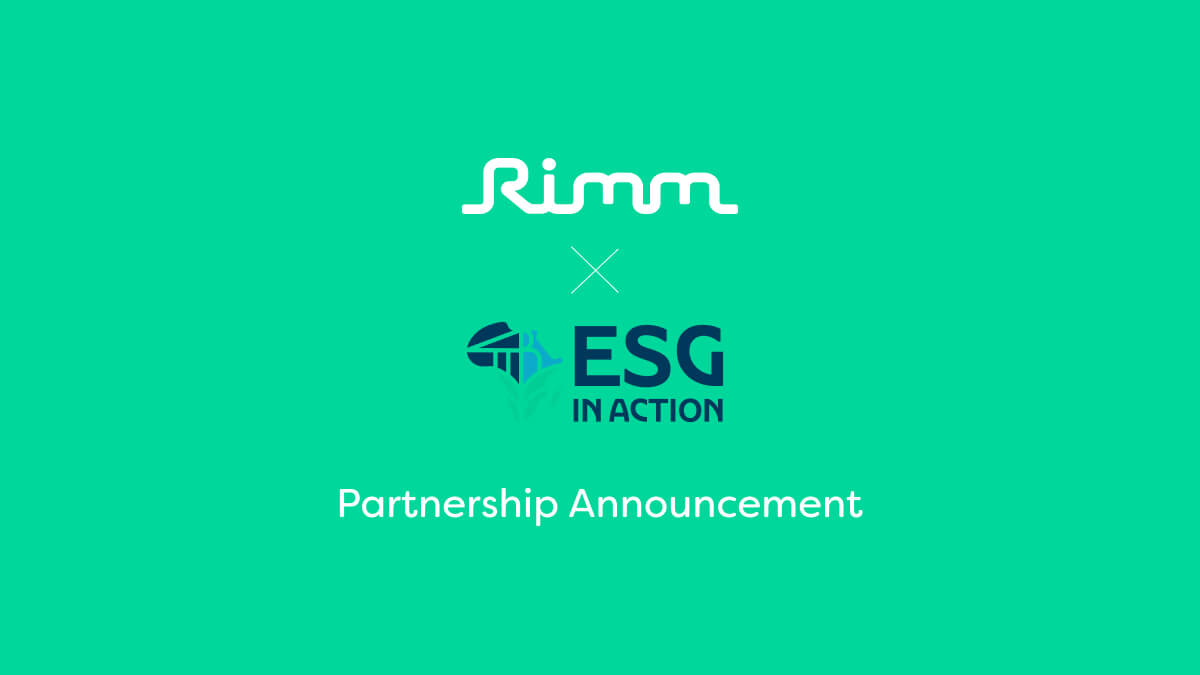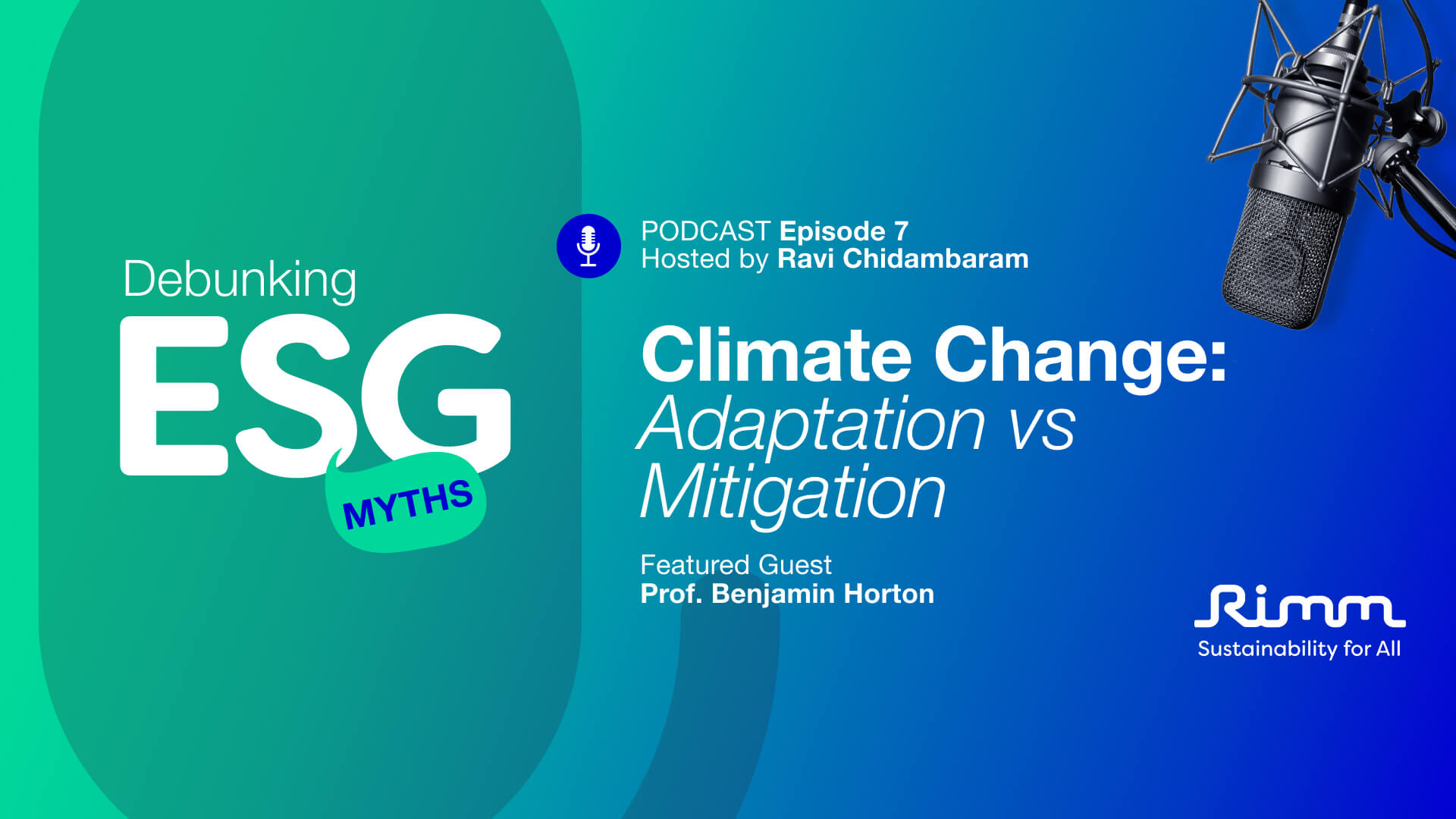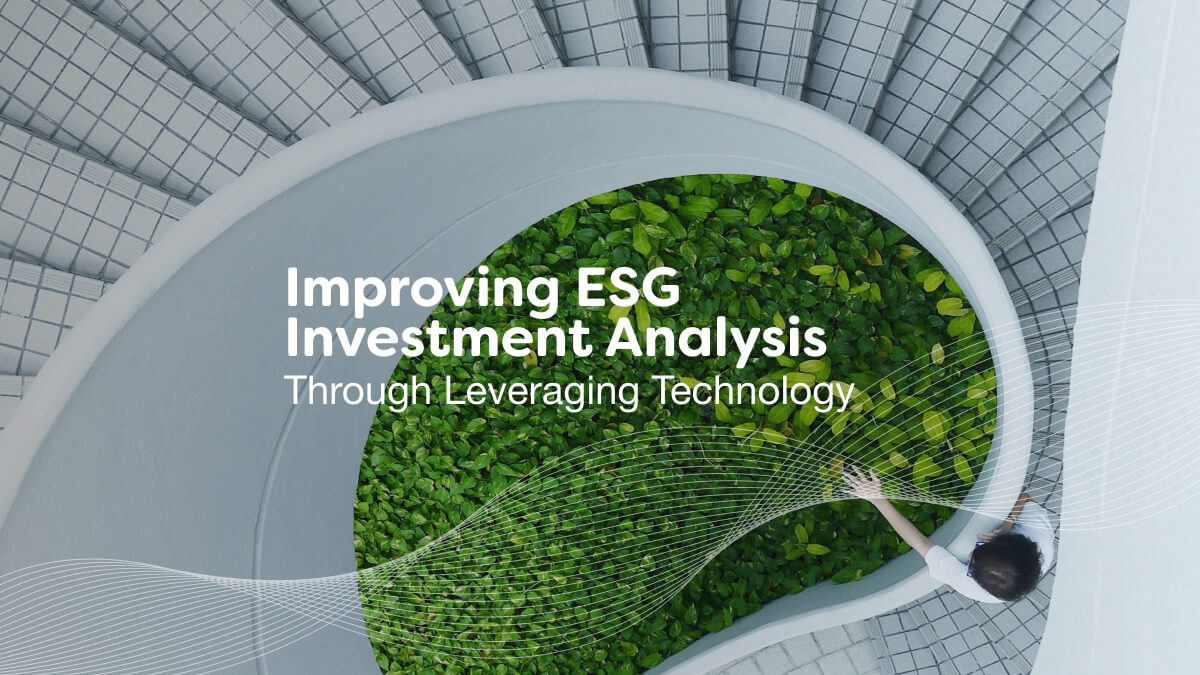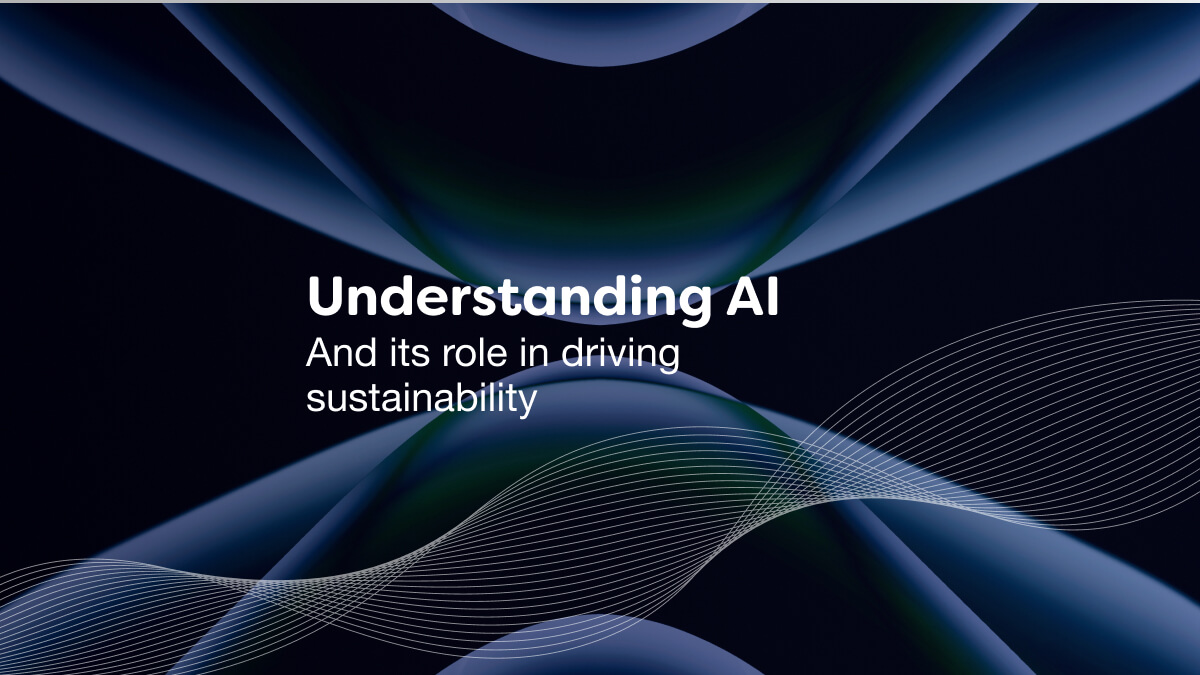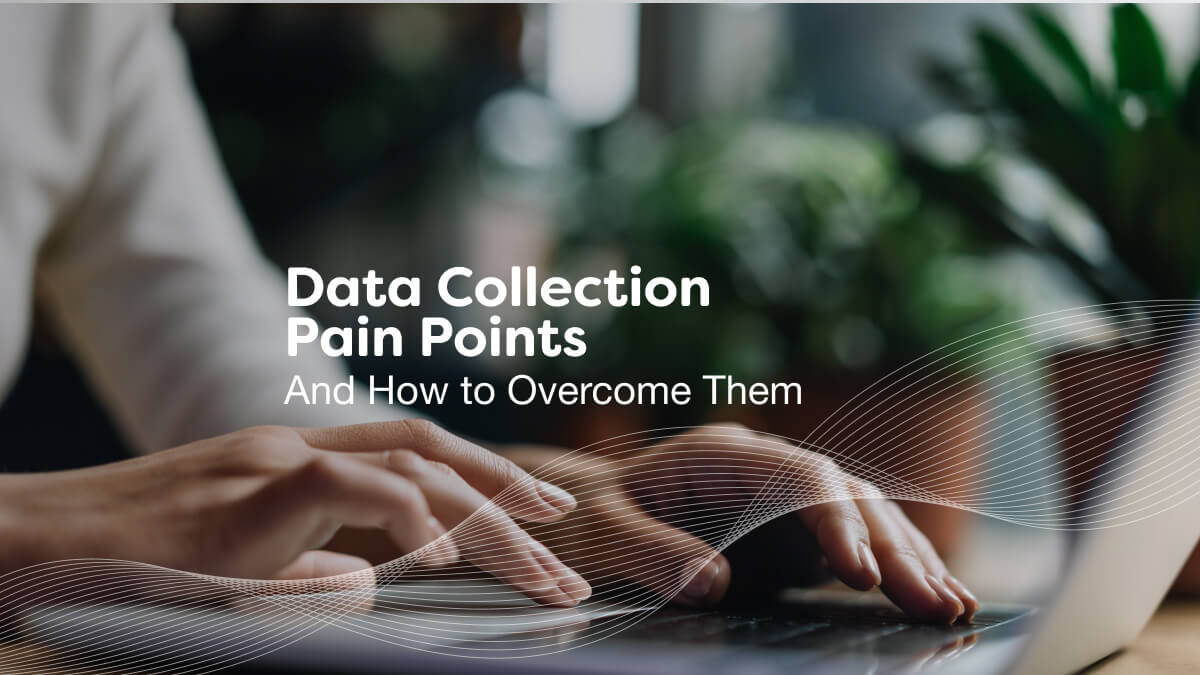Discover how to combine sustainability reporting compliance and ESG data analytics with a proactive, strategic approach to build transparency and sustainable success!
As regulatory scrutiny and stakeholder demands around sustainability grow, organizations worldwide need to ace their compliance with reporting rules and standards. But they also have an opportunity to combine materiality mapping, reporting, data analytics and strategy to smash their long-term goals and build a more sustainable business.
By identifying and disclosing performance on the most material topics as part of a strategic approach, organizations can not only meet regulatory requirements, but also enhance their reputation, gain insight with relevant data analytics to drive sustainable business practices and gain a competitive edge.
Here we explore why and how to take a strategic approach in identifying material topics that align with sustainability reporting regulations, address stakeholder expectations and incorporate double-materiality to drive long-term performance.
The global backdrop
The worldwide focus on sustainability reporting continues to intensify. Reporting rates are expected to grow as new regulation on non-financial reporting is introduced, according to 2022 research by KPMG. The Global Reporting Initiative (GRI) is the most common standard used globally, though some regions prefer Sustainability Accounting Standards Board (SASB) or local stock exchange guidelines. The number of organizations reporting climate-related risks is also rising dramatically, for example those reporting against the Task Force on Climate-related Financial Disclosures (TCFD) doubled, said KPMG.
In response, organizations should build a strategic approach to reporting and operating sustainably with a materiality assessment and stakeholder engagement at its core.
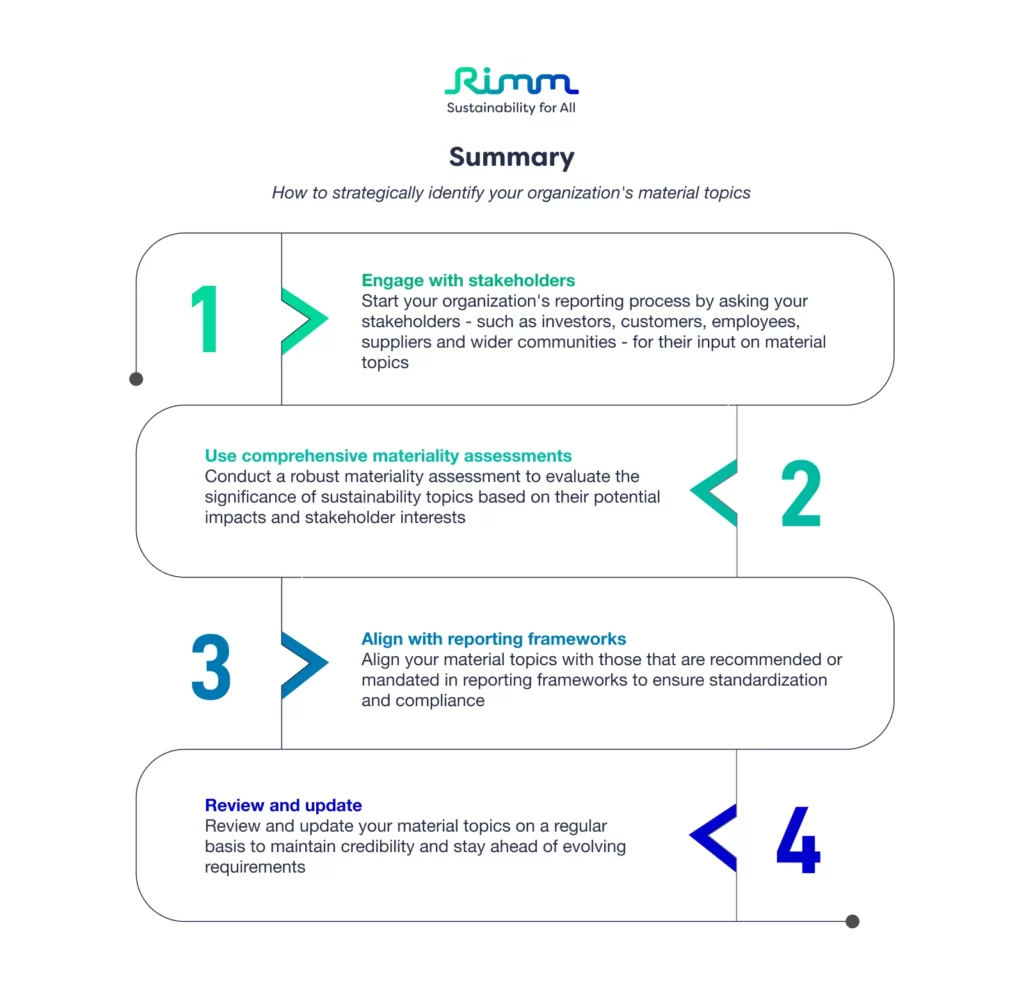
Engage with stakeholders
A 2022 report from McKinsey highlights that the growth in sustainability reporting rules and standards has not been driven by regulators, but by stakeholder expectations. The ‘social licence’ organizations gain by meeting these stakeholder needs will be critical to their future success, it says.
It is therefore essential that your business prioritizes asking your stakeholders – such as investors, customers, employees, suppliers and wider communities – for their input on material topics. This engagement helps ensure your reporting addresses their concerns and priorities, in line with regulatory reporting expectations and the wider need for social licence.
Done correctly, this engagement should also demonstrate your commitment to inclusivity and inform your business strategy too.
Use comprehensive materiality assessments
Robust materiality assessments are a key part of this stakeholder engagement and will form the cornerstone of compliance with sustainability regulations. These assessments evaluate the significance of sustainability topics based on their potential impacts and stakeholder interests. Follow these steps for an effective assessment:
- Identify potential topics: develop a comprehensive list of sustainability topics relevant to your industry and organization, considering the regulatory requirements and stakeholder interests.
- Assess impacts: evaluate the potential economic, environmental and social impacts associated with each topic. Consider operational risks, regulatory compliance, financial and reputational consequences. Use double materiality by considering not just climate-related impacts on your organization, but also the impacts of your organization on the climate as they relate to ESG.
- Evaluate stakeholder significance: Gauge each stakeholder group’s level of interest and influence around each sustainability topic. This helps you prioritize issues for reporting.
- Prioritize topics: Based on the assessment, prioritize the topics that are most relevant and impactful to your stakeholders, and that have substantial impacts on your organization. These topics will form the foundation of your reporting strategy, and ensure compliance with reporting regulations.
Align with reporting frameworks
To ensure compliance and comparability, align your material topics with reporting frameworks recommended or mandated by the regulators. These frameworks provide standardized guidelines, reporting indicators and disclosure requirements for specific sustainability topics. By adopting recognized frameworks – such as GRI, SASB and TCFD – you can show your commitment to transparent and standardized reporting, increasing the credibility of your sustainability efforts.
Review and update
Sustainability reporting regulations evolve continuously, as do stakeholder expectations. To maintain compliance, review and update your material topics on a regular basis. Stay informed about regulatory developments, engage with stakeholders frequently, monitor emerging trends, and adjust your reporting strategy accordingly. This iterative process will help you stay ahead of evolving requirements; maintain credibility with regulators, investors and other stakeholders; and hone your strategy.
Compliance with sustainability reporting regulations is no longer a choice but a necessity for companies seeking to build trust, foster transparency and drive sustainable growth.
But combining compliance with a proactive and strategic approach to sustainability reporting and data analytics brings many more opportunities. It safeguards your organization’s reputation, aligns strategy with stakeholder needs, sharpens competitive edge and contributes to a more responsible business. It could be the grand slam you need to build a more successful and sustainable organization long-term.
Want to find out the most material topics for your organization?
Generate your own materiality map for free with myCSO.
Simplify Your Sustainability Performance & Tracking With myCSO
✅ Calculate your scope 1, 2 and 3 emissions instantly
✅ Gauge your company’s sustainability performance
✅ View your sustainability performance all from one dashboard
✅ Benchmark against industry peers
Enter your information below to book a demo with our team today.
